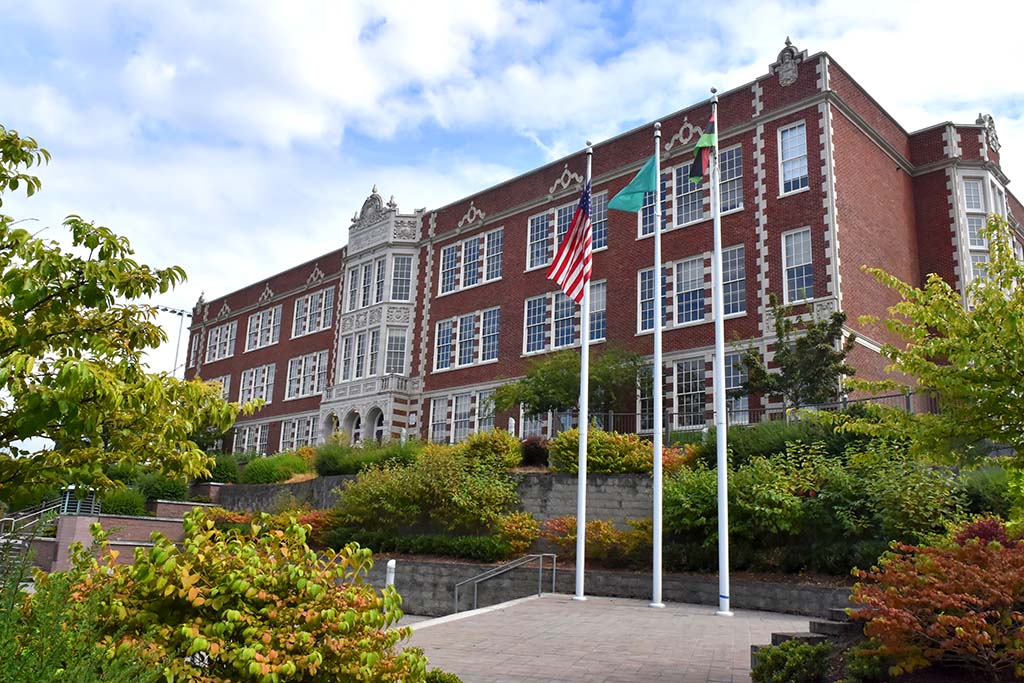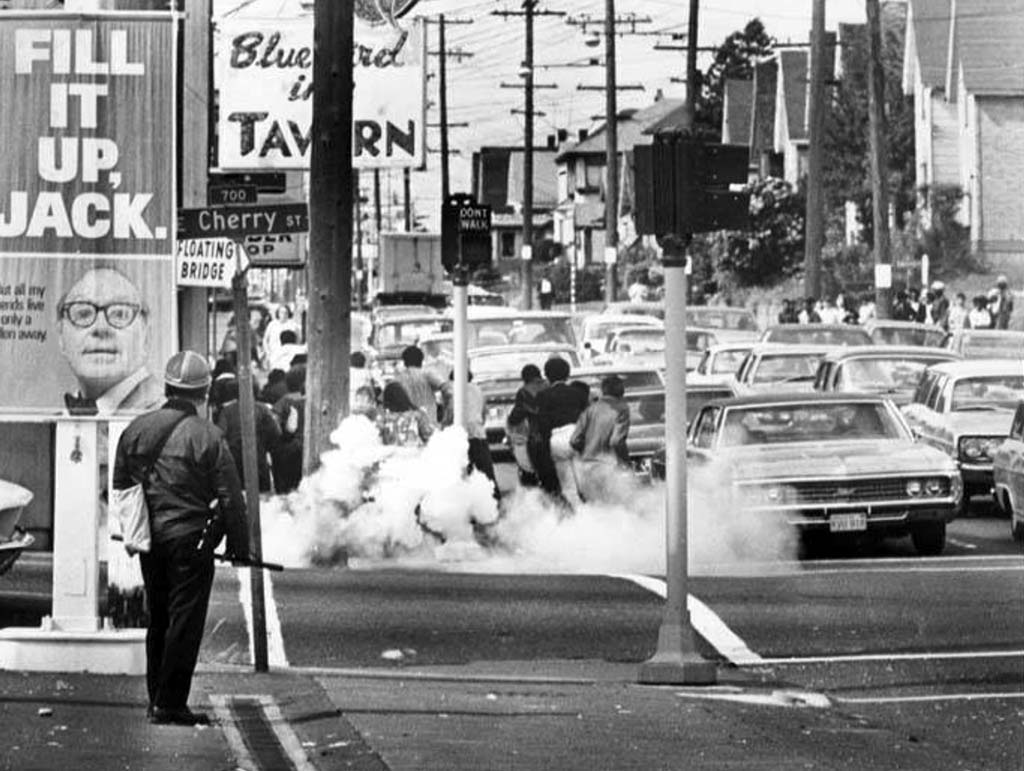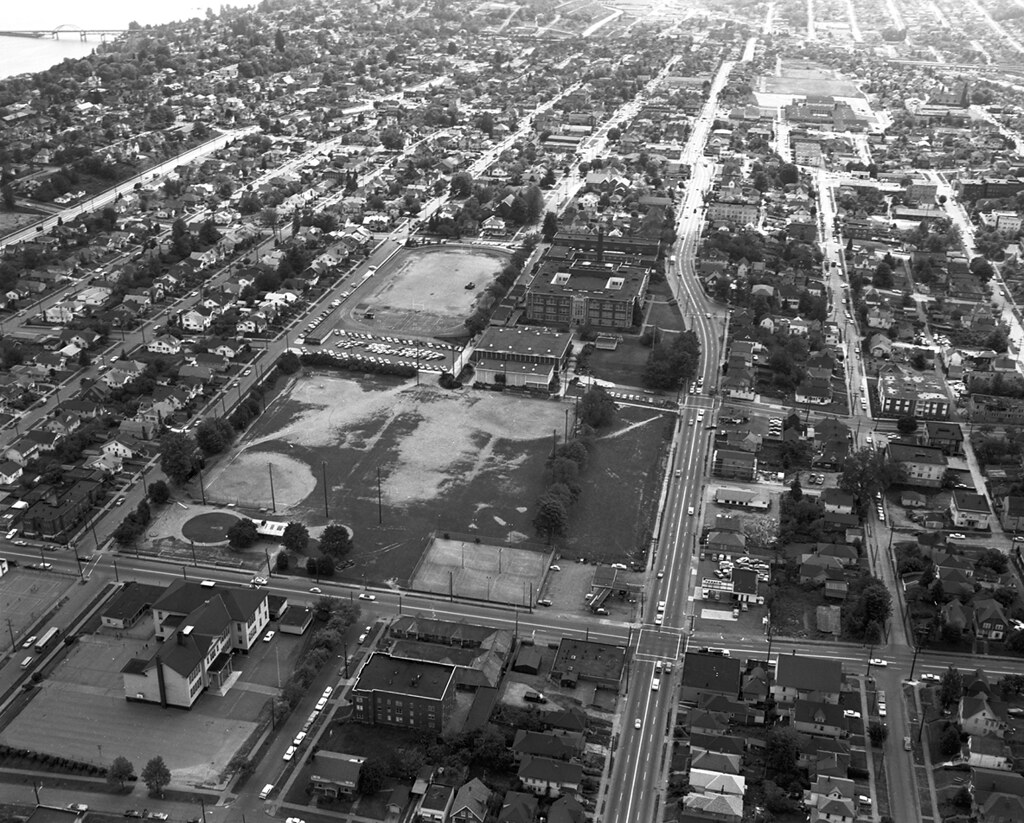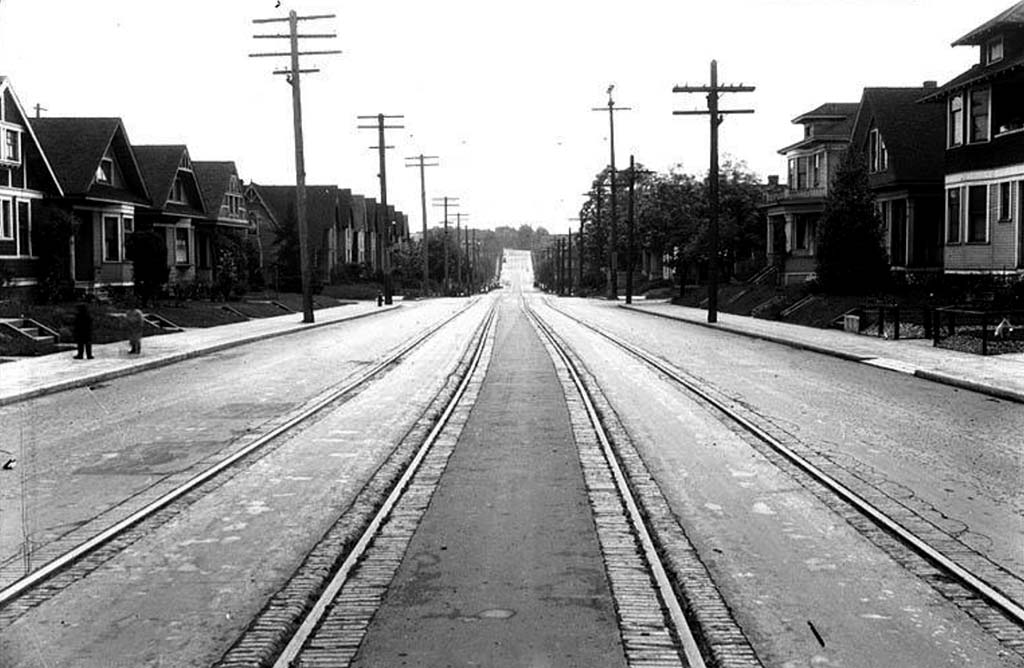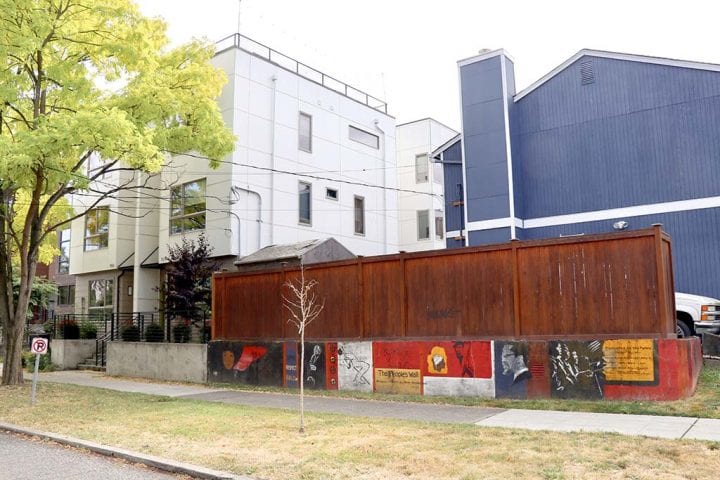Central District
by Jackie Peterson
-
Seattle’s Central District (also called the Central Area, or CD) has been a hub for Black business and culture since the 1960s. The neighborhood spans four square miles, bound to the north by East Madison Street, to the West by 12th Avenue, to the south by South Jackson Street, and to the east by Martin Luther King Jr. Way. Home to the oldest residential area in the city, many single-family homes in the Central District were built prior to 1900. William Grose, a successful Black business owner, purchased a 12-acre ranch bordering the north end of the Central District in 1882. As more Black families arrived in Seattle in the late 1880s and early 1890s, Grose helped many of them secure homes by selling them lots from his parcel.
The ethnic and racial makeup of the Central District has always been in flux. A predominantly Jewish and Italian neighborhood prior to World War I gave way to Japanese immigrants and Japanese Americans by the 1930s. World War II brought significant numbers of Black Americans to the Pacific Northwest, both to serve in the military and to work in war-related industries. The practice of “redlining” that developed after the war forced Black Americans to make their homes in this neighborhood, alongside Asian Americans and Latinx Americans. The resulting community developed a wealth of arts and cultural organizations, businesses, and services.
The Central District is home to the Langston Hughes Performing Arts Institute, Mount Zion Baptist Church, and several historic Black homes. For decades, the 23rd Avenue corridor stretching from East Madison Street south to South Jackson Street served as the main business and civic hub for Black Seattleites. While the city’s development and population growth have disproportionately impacted residents and business in the Central District, 23rd Avenue persists as a center of community pride, art, spirit, and joy.
We begin our tour at the intersection of 23rd Avenue and E Union Street. From here head east on Union toward 24th Avenue and our first stop.
-
Distance: 2.4 miles
Walking time without stops: 48 minutes
Google Transit Directions: Bus Routes
Tour Stops
Liberty Bank Building
Wa Na Wari
Medgar Evers Pool
Garfield High School
Douglass-Truth Branch of Seattle Public Library
Central Area Youth Association (CAYA)
Carolyn Downs Family Medical Center / Odessa Brown Children’s Clinic
Dr. Blanche Lavizzo Park
Pratt Park
Second Headquarters of the Seattle Black Panther Party and The People’s Wall
Original Location of Ezell’s Famous Chicken
Flowers Just-4-U
Liberty Bank Building
2320 E Union Street

Wa Na Wari
911 24th Avenue

Medgar Evers Pool
500 23rd Avenue
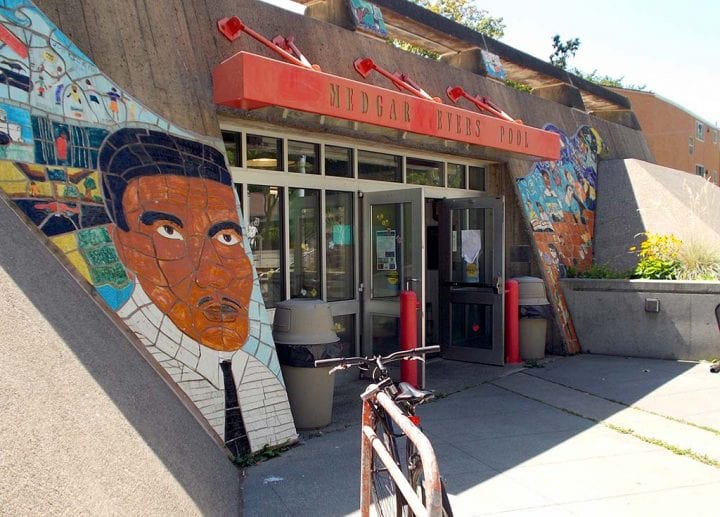
Garfield High School
400 23rd Avenue
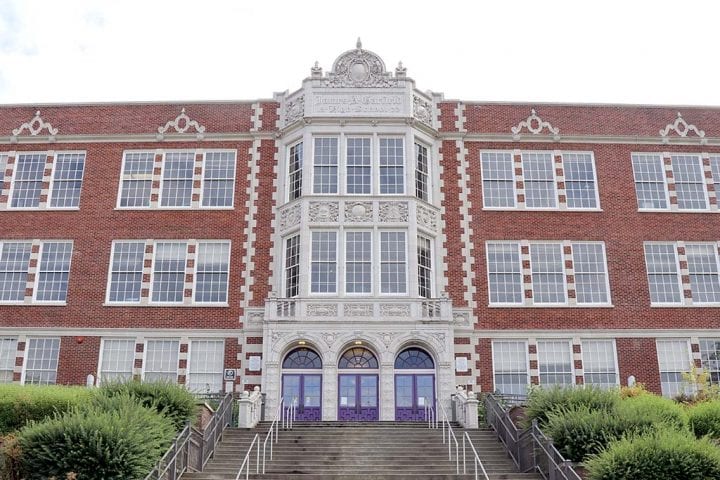
Douglass-Truth Branch of Seattle Public Library
2300 E Yesler Way
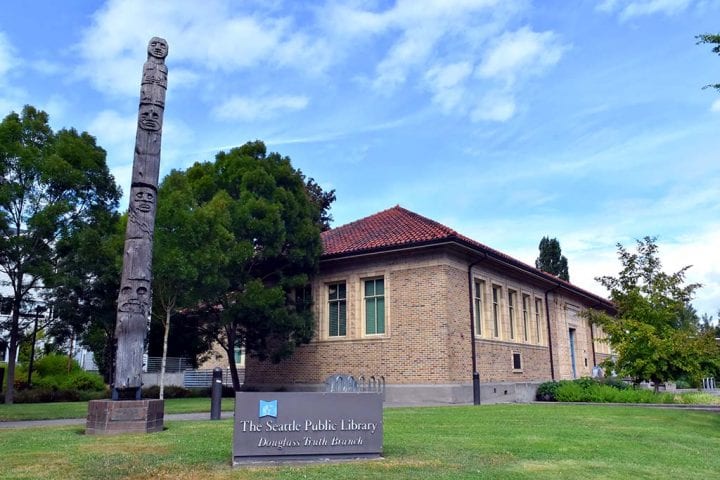
Central Area Youth Association (CAYA)
119 23rd Avenue

Carolyn Downs Family Medical Center / Odessa Brown Children’s Clinic
2101 E Yesler Way
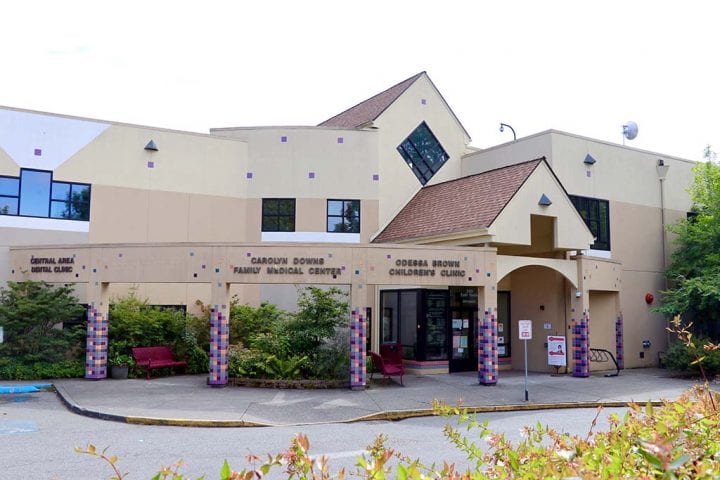
Dr. Blanche Lavizzo Park
2100 S Jackson Street
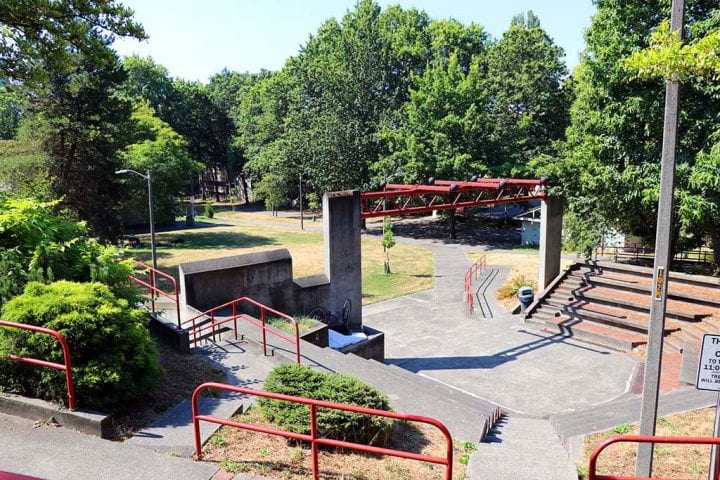
Pratt Park
201 20th Avenue S
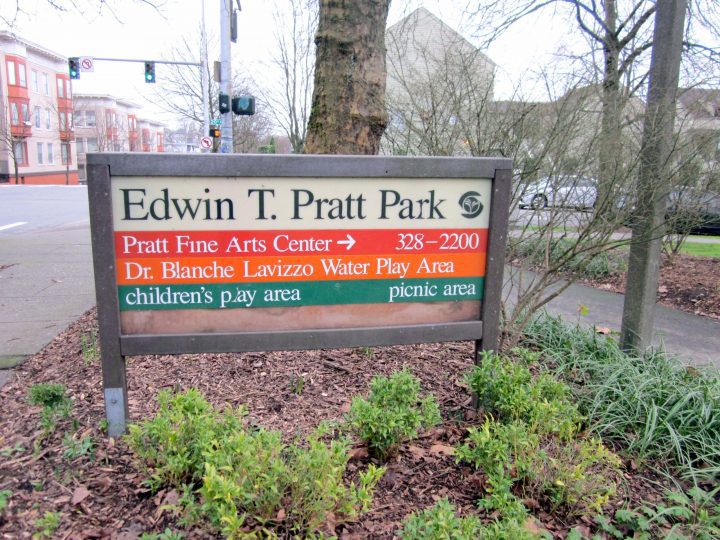
Original location of Ezell’s Famous Chicken
501 23rd Avenue

Flowers Just-4-U
701 23rd Avenue
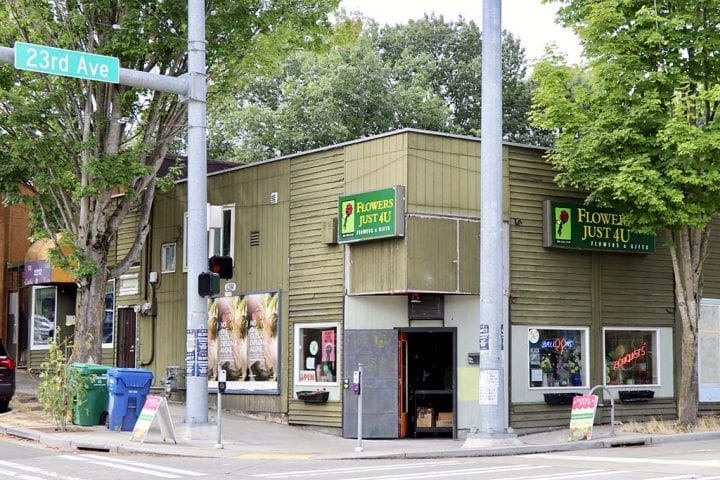

Brought to you by HistoryLink
This tour made possible by generous support from
